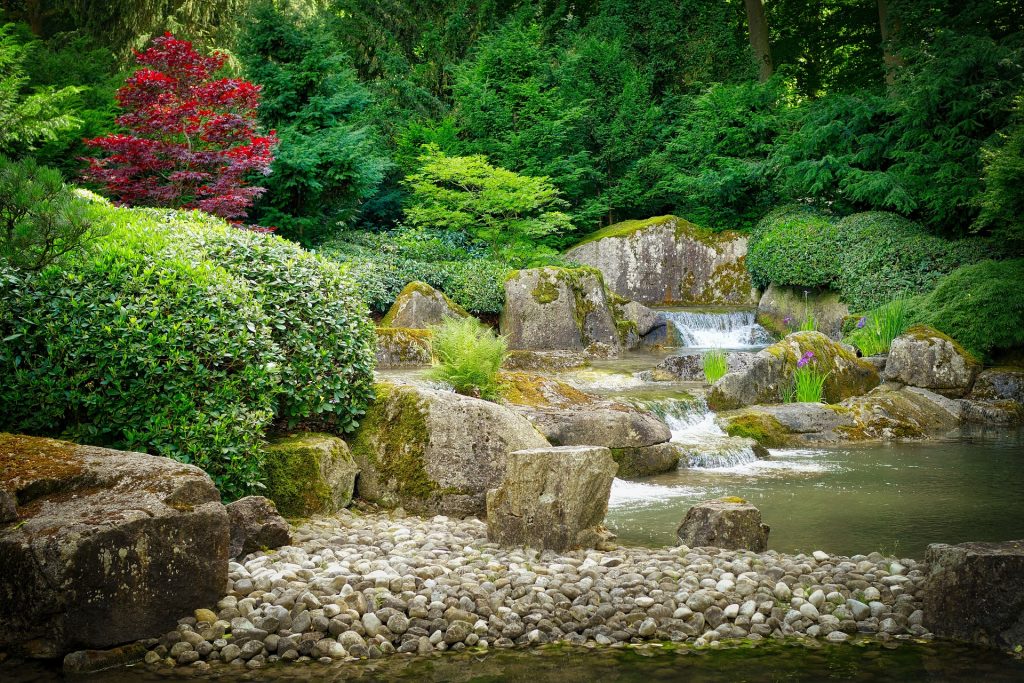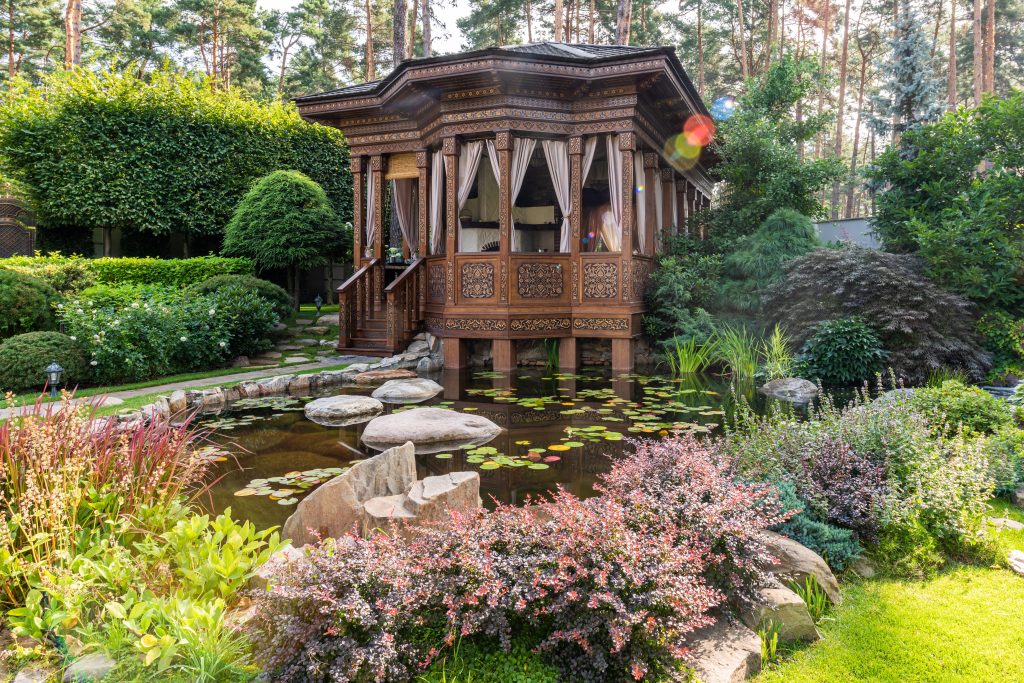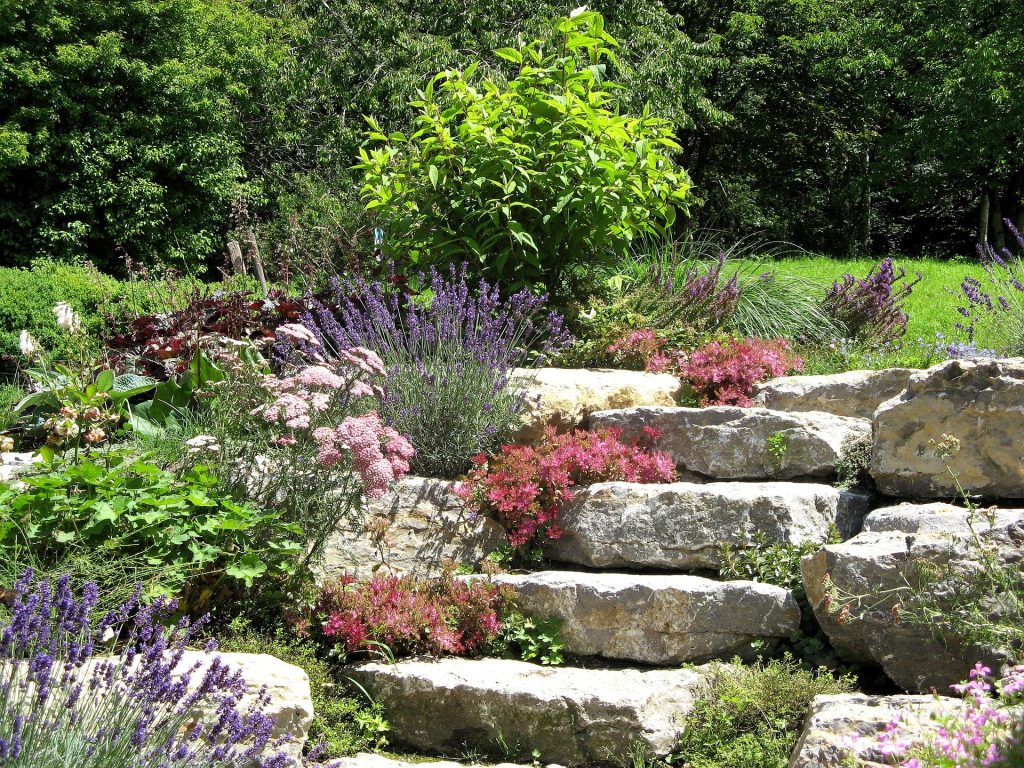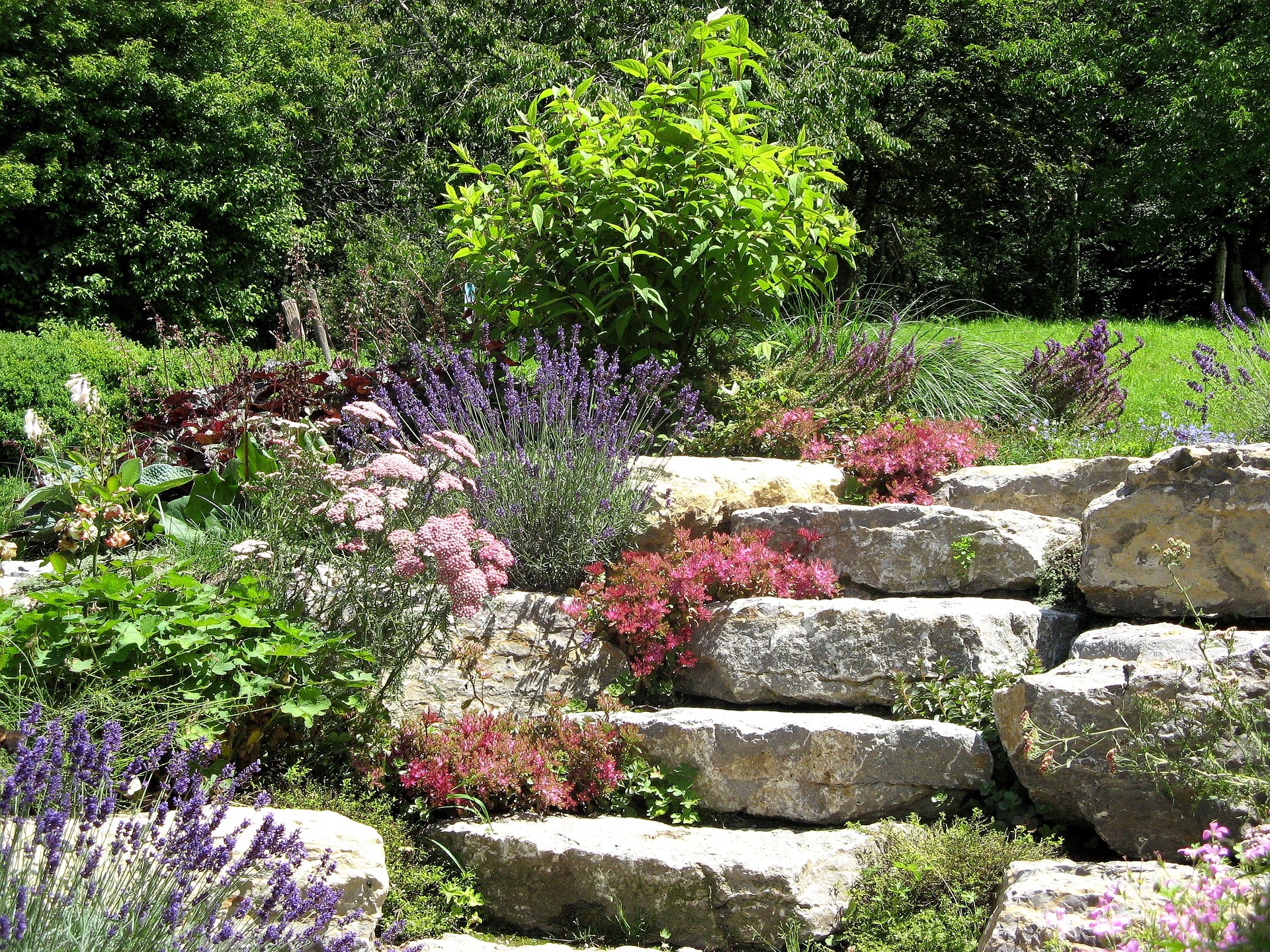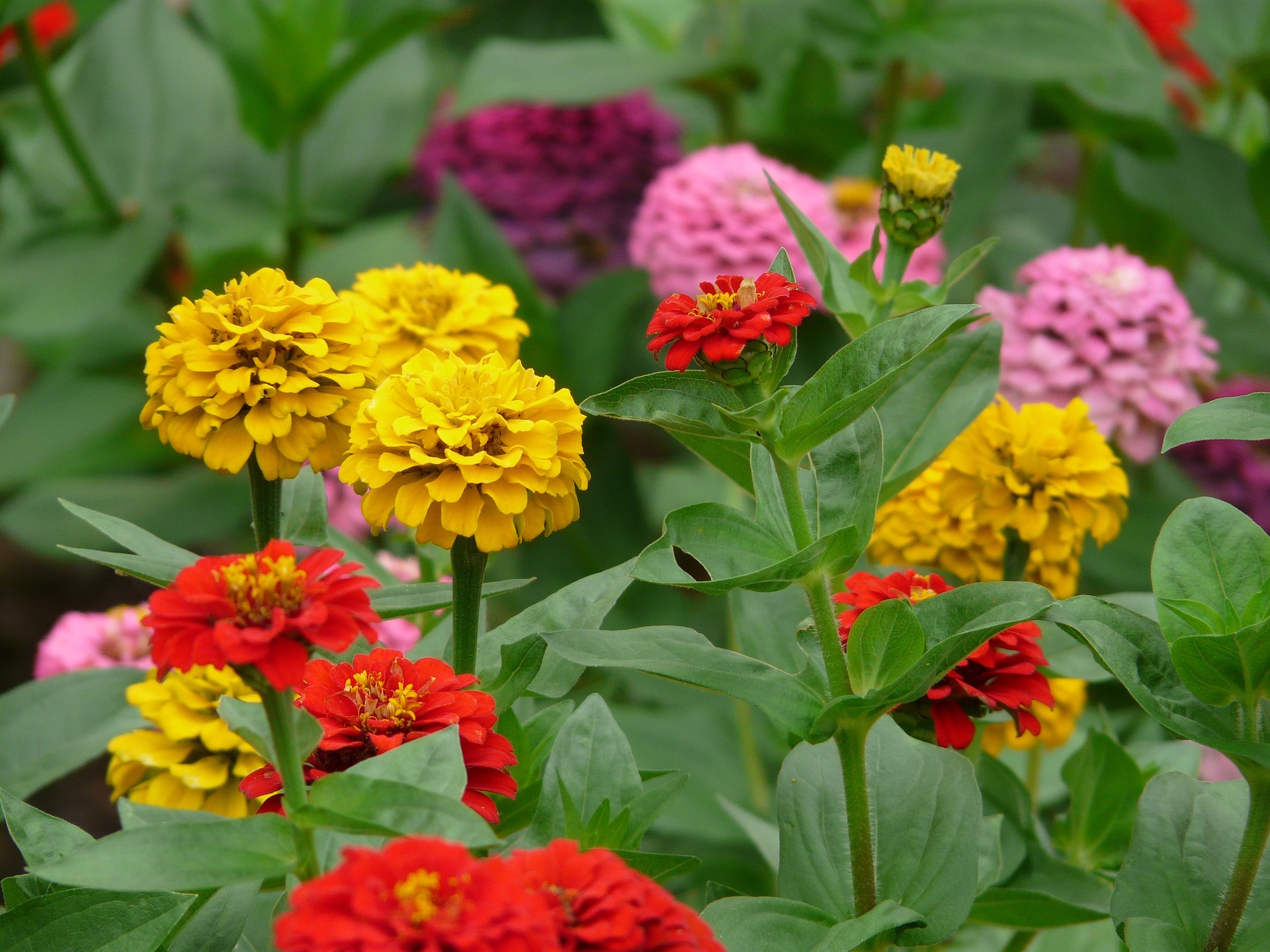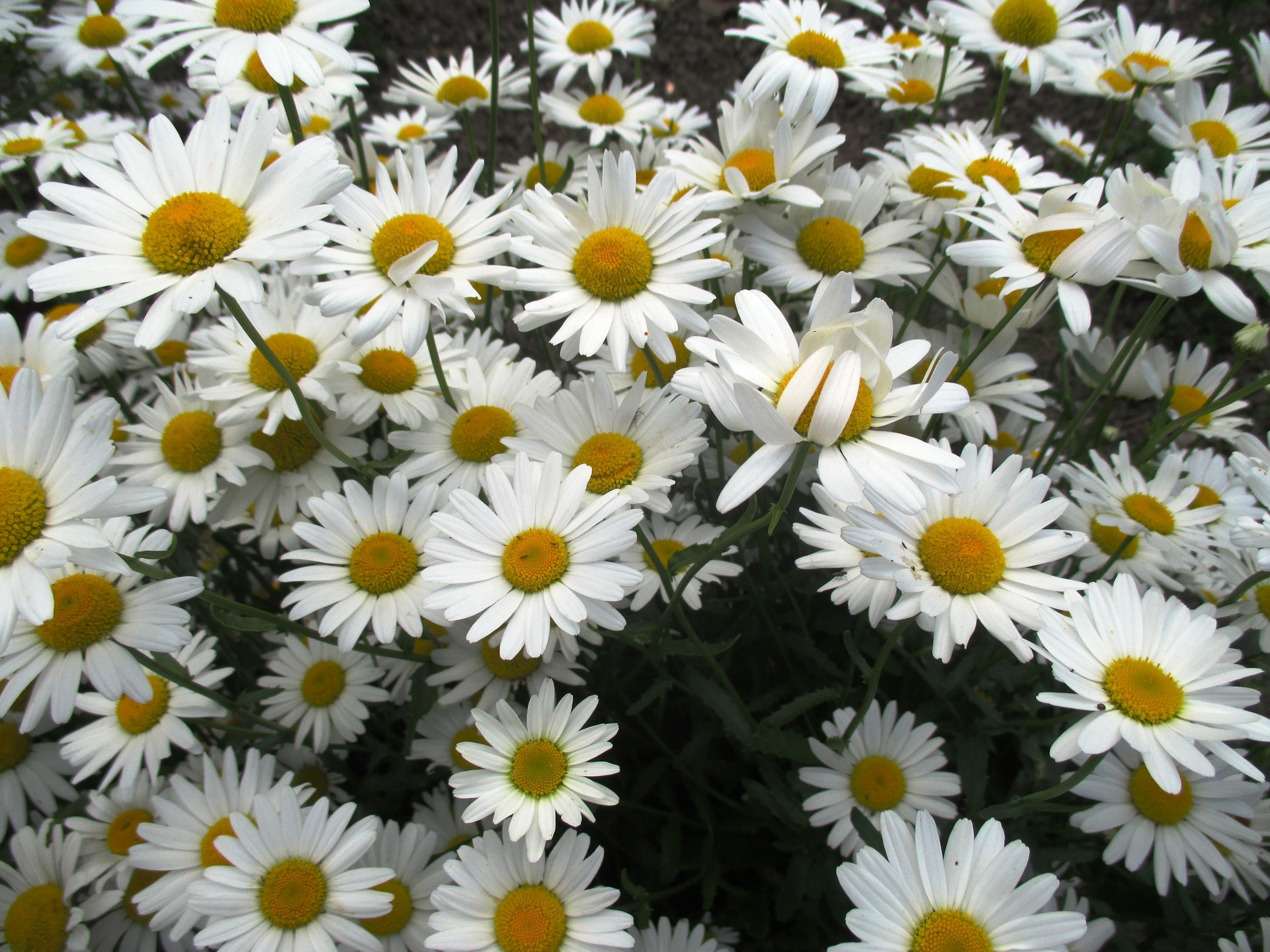Building a rock garden is a unique way of aligning and creating beauty from nature’s abundant gifts. It is an adventure involving gardening in a way that is out of the ordinary, which is why when it was introduced into the Western world from China and Japan around 1700, it became a symbol of taste and class.
Human beings may not be able to live in a variety of habitats, due to their harshness in terms of weather, altitude and ferocious wildlife, but they can modify their own friendly environment to mimic that of those wild places, bringing their environments virtually closer to them.
Rock gardens reflect the nature of mountains, including their stones, cliffs and plants that thrive in such habitats, inducing sentiments of a mountain scene.
What is a rock garden?
A rock garden is a collection or display of rocks. It can contain or not contain plants.
Rock gardens are mostly built in areas with hot climates and little rainfall as an aesthetic feature in such locations, though they can be built as a unique feature at home or other landscape.
Site selection for building a rock garden
Drainage: This is one of the most critical factors when choosing a site for a rock garden. Your plants will grow optimally in well-drained soil. Avoid sites that get waterlogged. Slopes tend to have good drainage.
Sun exposure: Plants have different sun requirements. To accommodate a variety of plants, choose an area that has different microclimates, from full sun to full shade, but ensure that the site has good access to sunlight.
Location: Your garden should be located in an area where it is visible from many directions. Avoid building it near obstructions like big buildings and very large trees. The background should be preferably natural, with conifers or evergreen deciduous trees.
Stones for a rock garden
The general appeal of a rock garden always depends on the choice of stones, as they form the basic framework of the garden.
Also, you want your garden to appear as natural as possible, and this comes with some work and creativity.
Pay attention to the size, shape, color and age of the rocks. Old rocks tend to give off a natural appearance, as if they underwent a process of withering, and it becomes even more interesting if they have grown some lichens.
These are some rocks that you can use for your rock garden;
Limestones
Sandstones
Granite
Gravel
River rocks
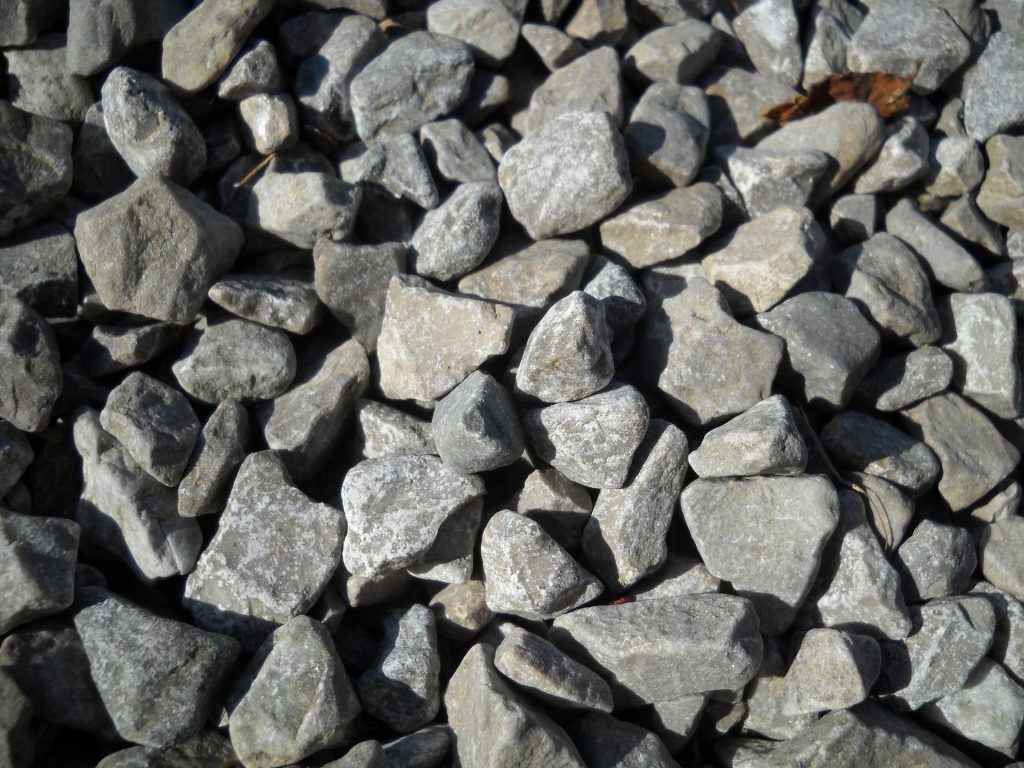
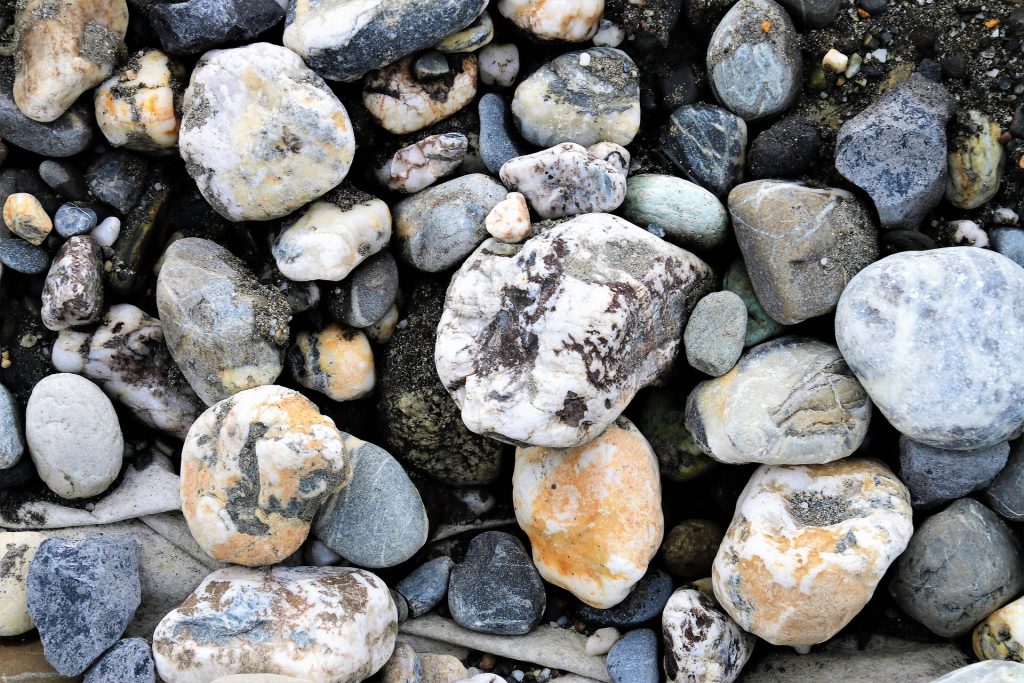

Plants for rock gardens
These are plants that can be associated with rocks in an appealing manner. The plants are usually low growing and complement the nature of rocks.
| Succulents | Woody plants | Grasses | Herbs |
| Woodland stone crop | Creeping Juniper | Mondo grasses | Russian sage |
| American fame flower | Shrubby five fingers | Ribbon grass | Lavender |
| Cliff stone crop | Lowbush Blueberry | Thyme | |
| Ball cactus | Sheep Laurel | ||
| Aloe vera | Rat stripper | ||
| Hens and chicks | |||
| Sedum | |||
| Dwarf conifers | Ferns | Bulbs | |
| Dwarf balsam fir | Broad beech fern | Crocus | |
| Dwarf common juniper | Maiden hair spleenwort | Glory of snow | |
| Dwarf weeping cedar of Lebanon | Common polypody | Dwarf daffodils |
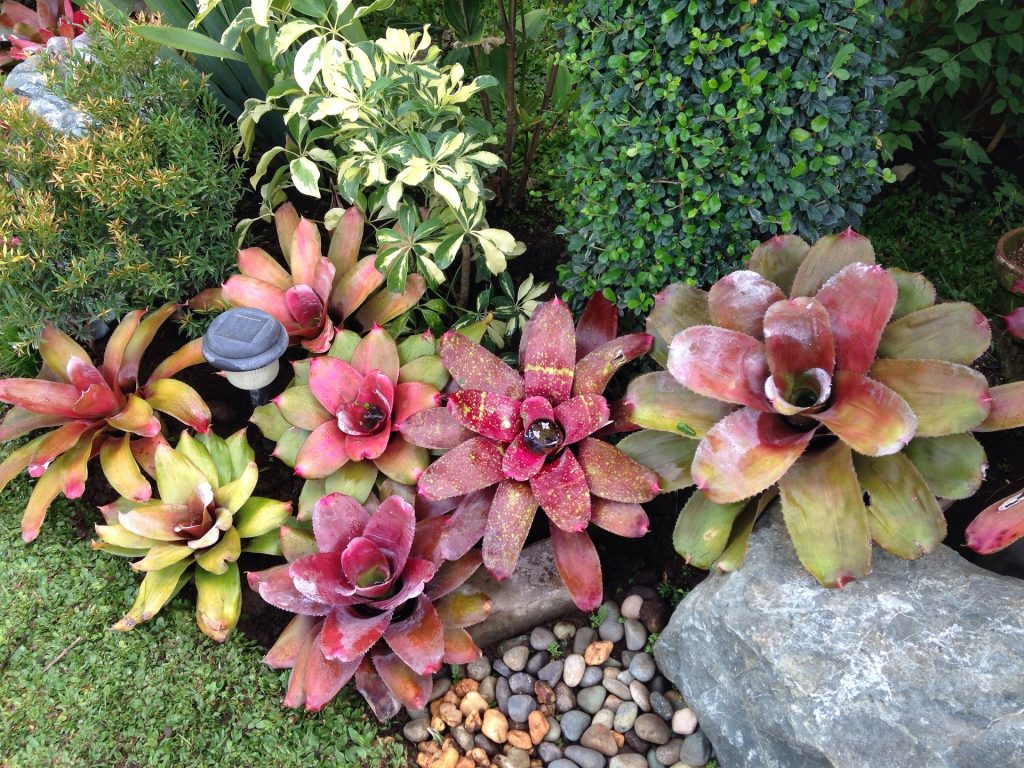
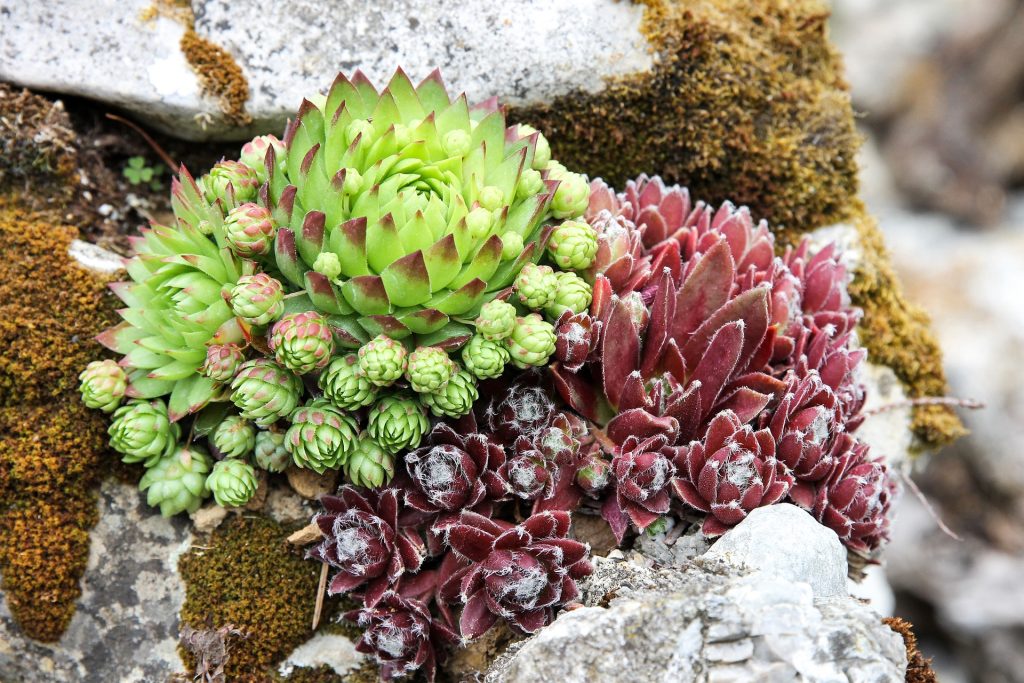
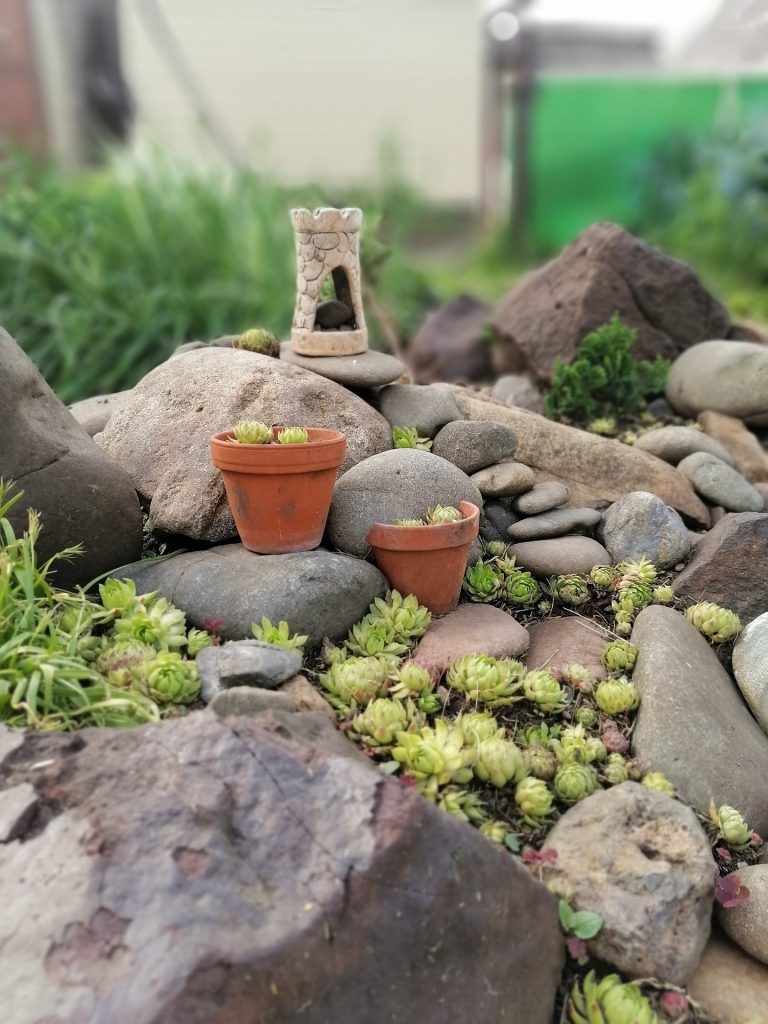
Building a simple rock garden
Site preparation
Till your site and remove all growing foliage. In case the site has perennial weeds like couch, uproot or dig them out, and if necessary, use weed killer, as these can wreak havoc on your growing rock garden plants. You may not need to fertilize the soil as most plants do not require rich soil.
Aligning stones
Add a layer of sand to the soil to improve drainage and step on the ground to make if firm.
Build a perimeter around your garden by aligning the largest rocks in your collection, burying half of their body into the ground for firmness. They should preferably be the same type of stones.
Add a second layer of rocks, which are smaller than the first layer inside the perimeter set up by the larger rocks.
Planting
Set up your plants and plant them within the perimeter, ensuring that each plant is visible, even at the time when they have reached maturity.
After planting, you can spread smaller stones within the garden for a rockier appeal.
Mulch the plants so that they don’t become dirty from mud splash when it rains.
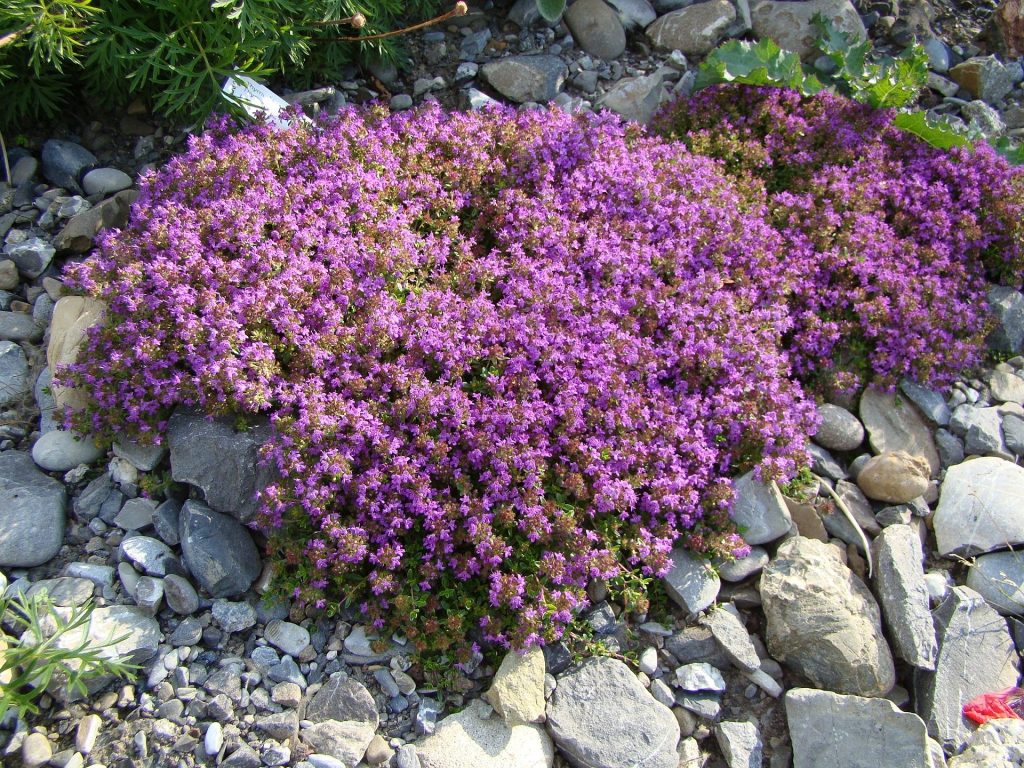
Other rock garden designs
There are so many ways of designing rock gardens, ranging from simple to complex. You can choose to add features like waterfalls, staircases on a slope, patios etc. to your garden depending on available materials, nature of your site and your budget. Here are some illustrations of some rock garden ideas.
